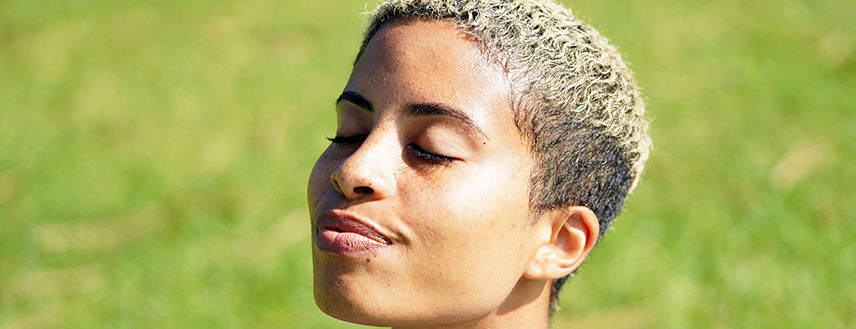
You may think that just because it’s summer and you’re spending more time outside; you don’t need to worry about your vitamin D levels. You’re wrong. Concerns over skin cancer, encouragement to avoid direct sunlight and increased use of sunscreen means we’re all at risk of vitamin D deficiency.
Every cell in your body has a receptor for vitamin D, which makes it more like a hormone than a vitamin. It supports a healthy immune system and is critical for people with autoimmune diseases. It’s necessary for your body to absorb calcium, and women with low levels of vitamin D are at a higher risk of osteoporosis. Don’t forget about mood – the winter blues are actually related to vitamin D deficiency.
Vitamin D is produced by sunshine. However, in the northern latitudes, the sun is only strong enough to stimulate vitamin D production in your skin 3 to 4 months a year, typically from May through August. During these months, your skin could make enough D to support good blood levels, if you are outside for at least 20 minutes a day, without sunscreen, typically between 11am and 1 pm, in shorts and a tank top. In other words: your arms and legs need to be fully exposed without sunscreen during peak hours of maximum sun to produce sufficient levels of vitamin D. For most people, that’s not likely to happen.
It’s hard to calculate exactly how much time you should spend in the sun to meet your specific vitamin D needs. The Vitamin D Council recommends that you stay in the sunlight for around half the time it takes for your skin to begin to burn. Moderation is key since overexposure can increase the risk of skin cancer. So, take some time on a sunny day to sweat it out, literally, outdoors before the clouds arrive and block that precious sunlight.
Here are some more tips on what you can do to help your skin produce more vitamin D in the summer sunlight:
- It is ideal to spend at least 20 minutes between 11 am and 1 pm in direct sunlight. During this period, the ultraviolet B (UVB) rays responsible for vitamin D formation are at their maximum wavelength. Make sure you keep yourself hydrated when out in the sun in peak summer months.
- During those 20 minutes, stand or walk directly under the sun, unshielded by a glass window, umbrella, tree or any other covering above. They block all UVB rays.
- In terms of clothing, less is more. The more skin you expose (preferably a quarter of your body) the more vitamin D is produced. For instance, you can wear sleeveless clothes and shorts and leave your face uncovered. Remember that this is only for a short amount of time each day. If you’re going to be out for more than 20 minutes, sunscreen is still advisable.

Leave a Reply